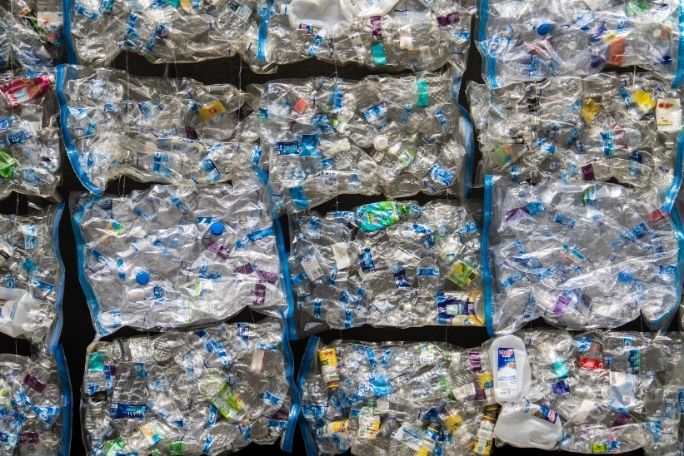Lesson summary
Students investigate the costs of bottled water, both environmentally and economically. Students begin by conducting a 5 whys investigation into some of the reasons why people use bottled water. They then watch a video about the costs of bottled water and participate in a guided discussion, identifying some of the stages in the bottled water life cycle.
Students then work in groups to create a flowchart, infographic or 3D model of a bottled water life cycle. This requires students to think critically about all the obvious and hidden environmental or social impacts of bottled water, from its manufacture through to its final stages as waste. Finally, students reflect on their own opinions about bottled water and write a persuasive piece to share their thoughts. explore the concept of life-cycle analysis through looking at the life-cycle of bottled water.
Learning intentions:
Students will...
- recognise the resource requirements and impacts of bottled water, including the social, economic and environmental resources and impacts.
- understand how a life cycle analysis can be used to describe the stages, resources and waste associated a product, in this case, bottled water.
- recognise their own opinions in relation to bottled water and will recognise how to share their opinions persuasively.
Lesson guides and printables
Lesson details
Curriculum mapping
Australian Curriculum content descriptions:
Year 7 Science:
- Some of Earth’s resources are renewable, including water that cycles through the environment, but others are non-renewable (ACSSU116)
Syllabus Outcomes: SC4-12ES.
General capabilities: Critical and creative thinking, Literacy.
Cross-curriculum priority: Sustainability OI.8.
Relevant parts of Year 7 Science achievement standards: Students analyse how the sustainable use of resources depends on the way they are formed and cycle through Earth systems.
Time required: 120 mins.
Level of teacher scaffolding: Medium – lead students in brainstorm and guided discussion.
Digital technology opportunities: Digital sharing capabilities.
Resources Required
- Device capable of presenting a website and video to the class
- Materials for making a 3D model – options:
- Access to Padlet to create a flowchart or infographic
- Materials for making a 3d model such as plasticine, carft materials or materials from the recycling bin
- Student Worksheet – one copy per student OR computers/tablets to access the online worksheet.
Skills
This lesson is designed to build students’ competencies in the following skills:
- Critical thinking
- Collaboration
- Creativity
- Communication
Additional info
This is an original Cool.org lesson. Facts and figures in these lessons may have changed since this lesson was published. We always endeavour to update our resources in a timely manner, but if you see an error or issue in our resources please get in touch with us.


Welcome back!
Don't have an account yet?
Log in with:
By signing up to Cool.org you consent and agree to Cool's privacy policy to
store, manage and process your personal information. To read more, please see
our privacy policy here(Opens in new tab).
Create your free Cool.org account.
Many of our resources are free, with an option to upgrade to Cool+ for premium content.
Already have an account?
Sign up with:
By signing up to Cool.org you consent and agree to Cool's privacy policy to
store, manage and process your personal information. To read more, please see
our privacy policy here(Opens in new tab).